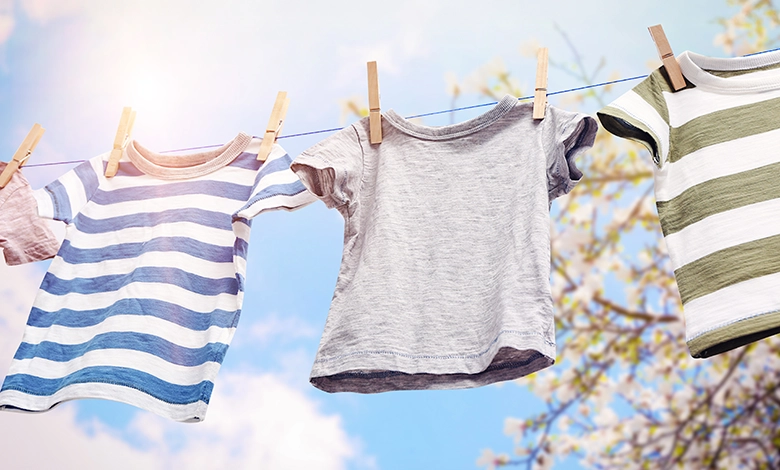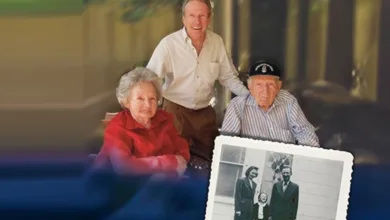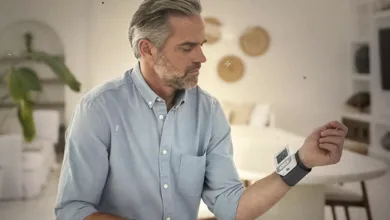How My Depression-Era Parents Taught Me Sustainable Living

“Use it up; wear it out; make it do or do without” was a lifestyle for me as a kid, but I never heard this mantra until I became environmentally aware much later as an adult. Even though my Great Depression Era parents modeled these sustainable practices, they didn’t do so because they were committed to protecting the planet through behavioral changes. They did so to save money. Yet, they were the first activist environmentalists I knew.
Growing up with accidental environmentalism
With four kids in the family, a dishwasher that consumed more energy than required was not part of the kitchen décor. A set rotation of who was to wash and who was to dry was the norm. If we sprang holes in our socks, they were meticulously darned, never discarded. Many clothes were sewn by my mom or were hand-me-downs from cousins, who then passed our sewn hand-me-downs on to us. Haircuts were done with a sheet tied around the neck, using shears for my sister and me, and clippers to style a look for my dad and brothers. Bread bags were washed and used to wrap sandwiches to be carried to school in a generic yellow lunch box year after year.
I could go on about homemade ice cream instead of store-bought, about eating out just once a year to learn how to order from a menu. About the drying of clothes in the basement during winter and the drying of them with a gentle breeze outside in the summer, all environmental behaviors today. They just weren’t deemed that way back then.

When I lost my way: The convenience years
When I began my family, I strayed big time from these underpinnings. I was a working mom, and the neighborhood covenant did not permit outdoor clotheslines. Convenience was more important with a family on the go, so my two kids ate out often each week as we went from one athletic practice and event to the next, with sporadic concerts and plays thrown in the mix. Haircuts kept stylists gainfully employed, and clothes shopping provided a bonding experience. I never thought about my carbon footprint, but only about the miles racked up on my car before buying the next new one. Of course, we put out the recycling bin and took items to Goodwill when they no longer served our purpose. I didn’t want to be a complete failure as an environmentalist, so I hoped plastic milk jugs and aluminum pop cans were truly being recycled by those who claimed they were.
Coming full circle: Returning to my roots
I find myself, however, returning to my roots. I never had air conditioning as a kid. Now, I let the ceiling fan in any room I am in remind me of that youth. My goal is to survive the summer without AC, thereby reducing energy consumption, which contributes to greenhouse gas emissions. After my 25-year-old Maytag washer banged relentlessly for a while, it finally died. Why replace something that still worked, even if the noise it made in its last year rattled my condo?
I use store-bought plastic containers for leftovers instead of Tupperware. (I hated going to those parties anyway.) I have a collection of T-shirts dating back decades, which I now wear when playing pickleball, and I also refill old Propel bottles with water. I can’t tell you the exact generations of my iPad and smartphones, but my 2015 Honda Fit recently gave me a scare.
People told me I should get at least 200,000 miles out of it. With 145,000 miles on the odometer and a semi-major repair coming up, I thought twice about what to do. Still, I took it in to be repaired because I’ve had enough new cars— the shine on the apple is gone, so to speak. Plus, it’s dented and a little rusted, so I don’t care where I park. Another car knocking its door into “Old Red” doesn’t bother me. We’re still a team.

Finally, ‘use it up; wear it out; make it do or do without’ is a good way to be thrifty, just like my parents. I’m also being responsible for the environment.
Overconsumption loses its appeal as we get older, at least for Mother Earth and me. As I start to think about my burial arrangements, human composting might be a reasonable “means to an end” for all I’ve learned throughout my life.
Returning to the soil, whether for gardening or a memorial planting, is a sustainable choice. After all, I was raised on the fruits and labor of my parents’ garden long before their efforts gained popularity. Why not carry on my family’s legacy of accidental recycling? Only this time, it is done with intention.
Ready to start your own sustainable living journey? Here are 14 simple steps to live greener for you and your grandchildren.





